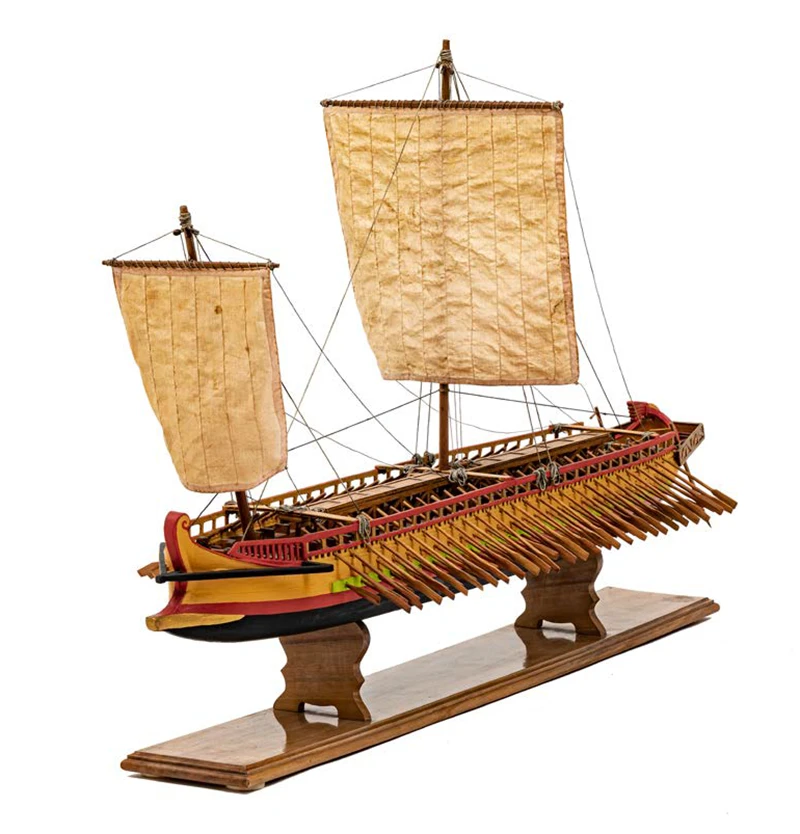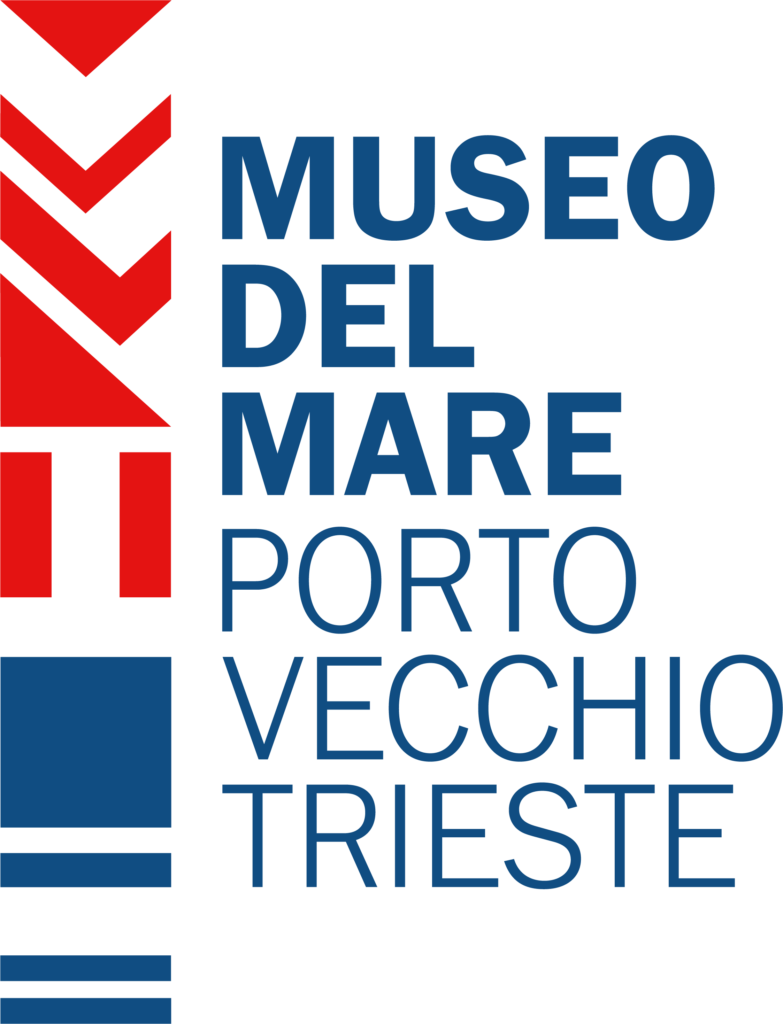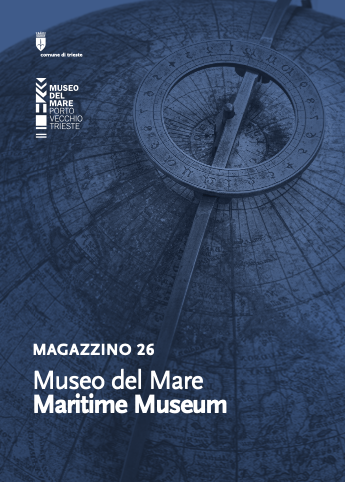From the bark canoe hewn from a single tree trunk to the Armando Diaz, the boat in which the Pullino Club coxed four won gold at the 1928 Amsterdam Olympics, a path can be traced from the dawn of history to modern times through a form, that of the canoe, whose function has changed but whose basic characteristics have not.

Every boat that crosses calm or stormy waters, and every sailor plotting a course, always heads for a welcoming port. Oars are raised in greeting and the visitor sees the Trieste’s Porto Vecchio in the 1985 images of photographer Gabriele Basilico, commissioned by the Municipality of Trieste.
The signs on the oars indicate the various rowing clubs they belong to, including Saturnia, Pullino, Ginnastica Triestina and Canottieri Trieste.
The beginnings
Our knowledge of navigation in antiquity comes from archaeological remains and sometimes from ancient depictions and literary sources. The models of the ships exhibited here, created from these often sketchy resources, tell of man’s changing approach to the sea over time.
After the first small coastal vessels, the potential of sea transport led to the development of sturdier vessels that could carry more men and goods and made it possible to navigate the open sea, at least in good weather.
These were built of wood and waterproofed with fibrous material and mixtures of adhesive and water-repellent substances to seal gaps between the planks.
They were propelled by sail or oar, and often by both in order to exploit different sea conditions.
The sea represents not only opportunity but also great danger, which is why ships were painted with protective symbols believed to ensure a safe voyage.
Some of the items on display provide archaeological evidence of this ancient era when the Trieste area was already a point of connection between sea traffic, coastal production and inland production.
Towards modernity
Around the thirteenth century, maritime traffic throughout Europe began a period of development. The naval construction and navigation techniques of the Mediterranean basin met those of Northern Europe with each learning from the other, leading to the gradual evolution of the instruments needed for long voyages. Large, well-equipped ships were developed with wider, more manoeuvrable sails and heavier, sturdier hulls to support the weight of cannons, while the use of oars was gradually abandoned.
The fifteenth century heralded the era of ships such as galleons that were increasingly efficient at exploiting wind power. They enabled the European kingdoms to expand, transporting goods, weapons and men alike as struggles for power and wealth increasingly took place at sea.
During this long period, Trieste’s maritime traffic was limited by Venetian ascendancy in the eastern Mediterranean.


